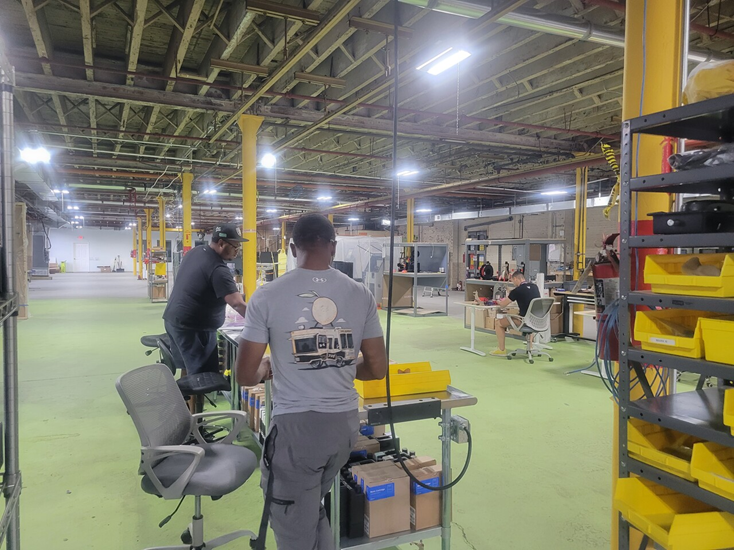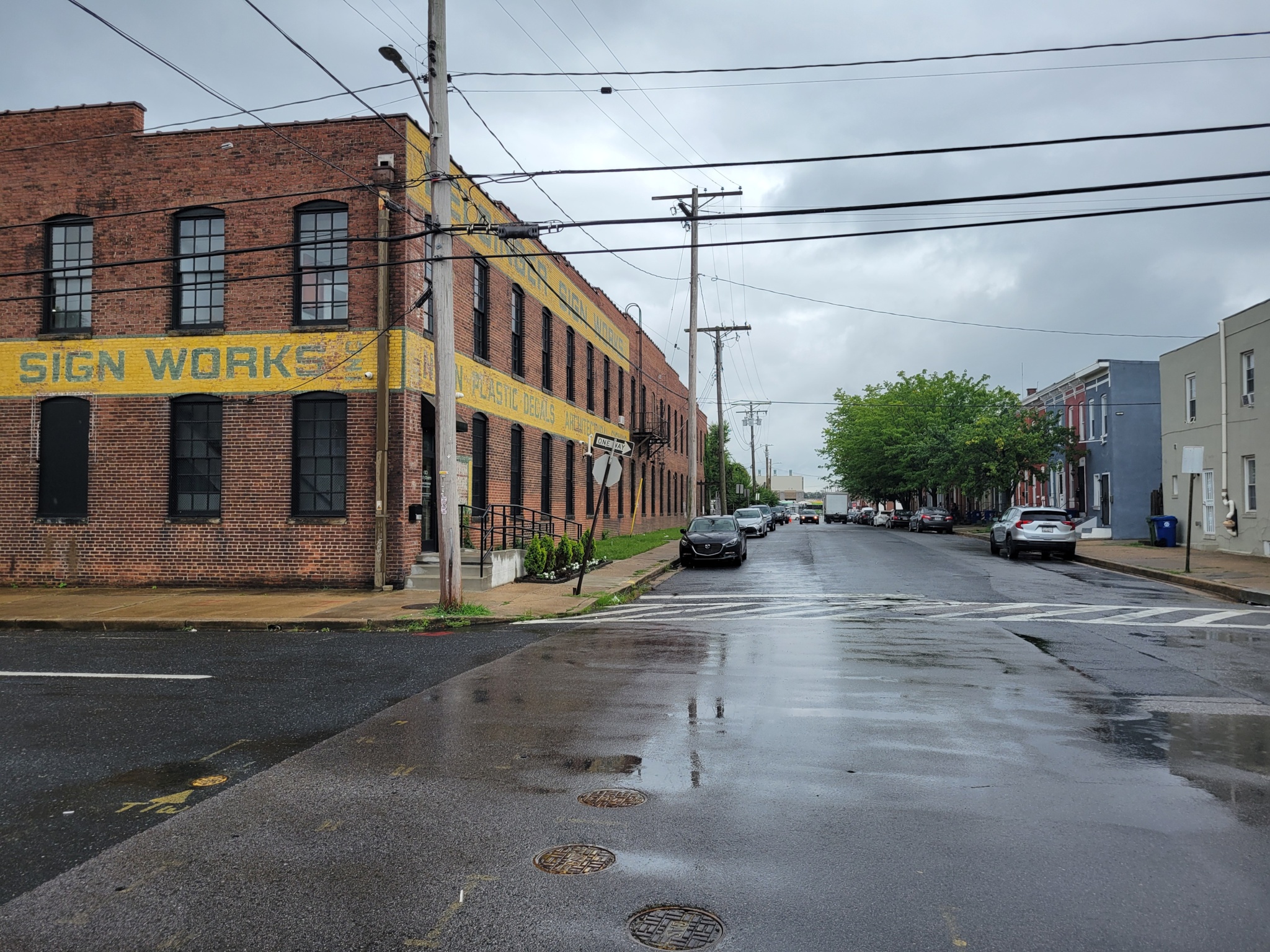For some, advanced manufacturing means integrating automation, robotics, AI and 3D printing to enhance efficiency, precision and customization. Others see it as producing cutting-edge technologies for clean energy, electronics and healthcare.
While accurate, defining advanced manufacturing by its transformative social impact is more meaningful than by its processes or products.
Envision facilities that are not just technologically advanced, but also environmentally responsible and economically viable. These manufacturing hubs produce goods in a way that minimizes environmental impact, supports long-term economic growth and enhances the quality of life for workers and surrounding communities.
Let’s unpack this vision in more detail.
Manufacturing significantly shaping society is nothing new. The industrial revolution created a large middle class, as well as polluted rivers, contaminated lands and a workforce crippled by occupational ailments. Since poor communities were most impacted by the negatives, a deep-seated mistrust of manufacturing set in.
As regulatory pressures and community opposition to pollution and unsafe working conditions grew, traditional manufacturers fled to industrial parks away from residential areas. The relocation made manufacturing jobs physically inaccessible to many, particularly those without private vehicles, locking out a significant portion of the workforce in distressed communities from stable employment. The decreased size of the available workforce made offshoring more viable. Importantly, the isolation also meant that manufacturing was no longer a visible part of daily life, making it less likely for young people to see it as a highly accessible path to good-paying jobs.
Advanced manufacturing captures a different reality, away from that stigma.
The processes associated with advanced manufacturing enable clean, sustainable and safe production. The technologically advanced results of advanced manufacturing — hydrogen fuel cells, solar panels and medical devices — will support long-term growth to provide sustainable jobs for decades.

It’s exactly this type of production that could beneficially reintegrate industry into communities. But it’s only possible if done while avoiding past harm.
To kickstart equitable economic development, advanced manufacturing initiatives must prioritize accessibility. This involves locating facilities within reach of public transit networks and ensuring those living nearby can easily access them on foot. Additionally, incorporating educational outreach programs and visible career pathways within the community can inspire local youth and provide tangible examples of career opportunities directly within their environment.
It’s unlikely that advanced manufacturing plants will be located in our most distressed communities without a lot of intervention and effort. While communities want job creation, they have long memories of pollution and unsafe work conditions. Even though manufacturers want a larger labor pool, they have long memories of “not in my backyard” (NIMBY) efforts to keep them out. Rebuilding trust won’t happen overnight, but doing so will create equitable economic growth.
In Baltimore, we made that rebuilding of trust the cornerstone of our Economic Development Administration (EDA) Tech Hubs proposal. We proposed expanding Coppin State University’s Center for Strategic Entrepreneurship to work in the greater Baltimore region’s most economically distressed areas so we can understand community interests in economic growth, provide education on advanced manufacturing and, for those interested in participating, assist them with creating sites ready for location. Part of readying those sites involves lowering manufacturers’ concerns about NIMBY actions and making what the community expects of them clear.
Ultimately, advanced manufacturing represents a transformative approach to industry, emphasizing integration with communities, sustainable practices and the production of necessary, cutting-edge technologies. By redefining how and where manufacturing occurs, this model can address the historical challenges of traditional manufacturing while promoting accessibility, economic stability and social equity.
The future of advanced manufacturing lies in its ability to bridge the gap between industry and community, creating a symbiotic relationship that fosters growth, innovation and sustainability for all.







